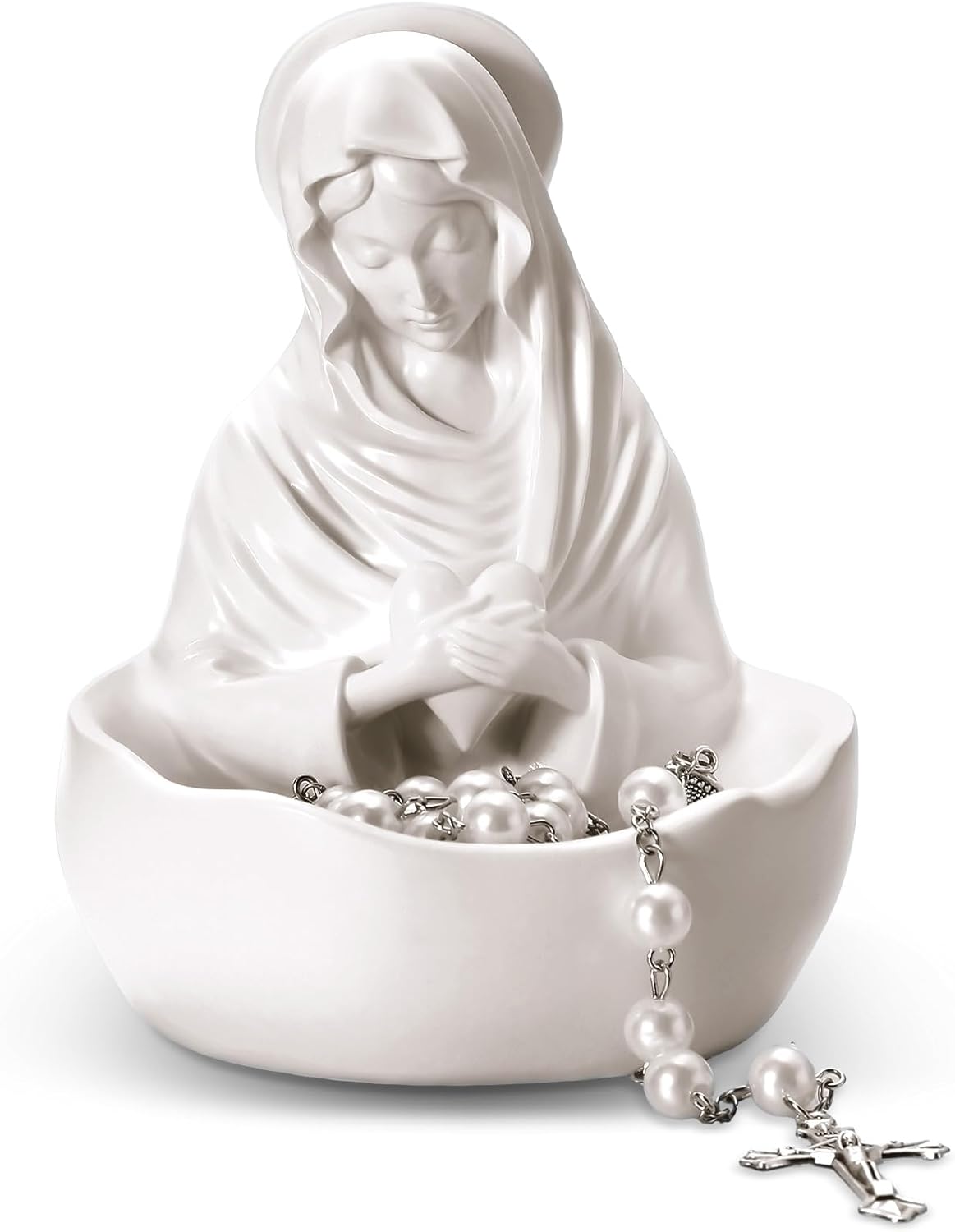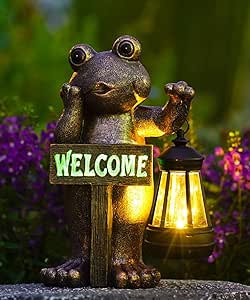The outdoor statues of the Blessed Mother, often depicting the Virgin Mary, hold profound significance for many Christians, particularly within the Catholic tradition. These statues serve not only as artistic representations but also embody deep spiritual meanings that can enhance personal faith and community identity. This article delves into the rich symbolism behind these statues, exploring their historical context, inherent meanings, and the impact they have on believers and communities alike.
A Historical Overview of Blessed Mother Statues

Outdoor statues of the Blessed Mother have a long-standing history that traces back to early Christianity. From the catacombs of Rome to contemporary gardens in suburban neighborhoods, these statues have evolved in style but remain rooted in tradition.
- Early Christian Art: The earliest representations of Mary were not sculptural but rather painted icons, symbolizing her role as the Theotokos, or God-bearer.
- Renaissance Influence: The Renaissance period saw a resurgence in interest in classical art forms, leading to more intricate and lifelike sculptures of the Virgin Mary.
- Modern Interpretations: Today, artists continue to create outdoor statues that reflect contemporary styles while maintaining the traditional iconography associated with Mary.
Understanding the Symbolism of the Blessed Mother

Outdoor statues of the Blessed Mother are rich in symbolism, encompassing themes of motherhood, compassion, and spirituality. The following elements often found in these statues convey deeper meanings:
- Posture and Gesture: The posture of Mary—often depicted with open arms or a gentle expression—symbolizes her welcoming nature and maternal love.
- Clothing and Colors: The colors of Mary’s robes often carry symbolic weight. Blue usually represents purity, while white signifies holiness and peace.
- Associated Symbols: Statues may include symbols such as the rosary or a crown, representing her role as Queen of Heaven and intercessor for believers.
The Role of Outdoor Statues in Spiritual Practice

Outdoor statues of the Blessed Mother serve various functions within spiritual life and practice. They are not merely decorative but act as focal points for prayer and contemplation.
- Prayer and Meditation: Many individuals use these statues as a place for personal prayer, fostering a deeper connection with their faith.
- Community Gatherings: Statues often serve as gathering points for religious events, such as May crowning ceremonies, where the community comes together in reverence.
- Remembrance and Healing: In times of loss or grief, these statues can act as comfort, providing a physical representation of spiritual solace.
Case Studies: Iconic Blessed Mother Statues Around the World

Several notable outdoor statues of the Blessed Mother have become significant pilgrimage sites and cultural landmarks. Here are a few examples:
- Our Lady of Fatima, Portugal: The statue at the site of the apparitions in 1917 attracts millions each year, symbolizing hope and faith amidst adversity.
- Our Lady of Guadalupe, Mexico: This statue is a national symbol and represents the blending of indigenous and Spanish cultures, exemplifying maternal care and compassion.
- Virgin Mary of the Immaculate Conception, Washington D.C.: This statue stands as a testament to the Catholic faith in America, located in the Basilica of the National Shrine of the Immaculate Conception.
The Impact on Community Identity and Faith

The presence of outdoor Blessed Mother statues can significantly influence community identity and foster a sense of belonging among believers.
- Community Cohesion: Statues often become focal points for community gatherings, reinforcing bonds among parish members.
- Cultural Heritage: Many communities take pride in their local Blessed Mother statues, which can reflect unique cultural and historical contexts.
- Educational Opportunities: Statues can serve as tools for religious education, teaching younger generations about the significance of the Virgin Mary in Catholic tradition.
Statistics and Research on the Influence of Religious Statues

Research indicates that religious symbols, including statues, can have a profound impact on the spiritual well-being of individuals. A study conducted by the Pew Research Center found that:
- Approximately 70% of Catholics reported that physical symbols, such as statues, enhance their spiritual experience.
- Communities with prominent religious symbols tend to have higher levels of community engagement and participation in local events.
The Future of Blessed Mother Statues in Modern Society
As societies evolve and secularism grows, the role of outdoor Blessed Mother statues must adapt. However, their symbolic importance remains relevant.
- Artistic Innovation: New artists are exploring modern interpretations that resonate with younger generations while preserving traditional elements.
- Interfaith Dialogue: Statues can serve as points of interfaith dialogue, inviting discussions on motherhood, compassion, and spirituality across different cultures.
- Sustainability: Future statues may incorporate sustainable practices, reflecting a growing concern for environmental stewardship among faith communities.
The outdoor statues of the Blessed Mother are far more than mere decorative elements; they are rich symbols of faith, hope, and community. Their historical significance, artistic evolution, and the profound meanings they embody contribute to their lasting presence in the lives of believers. As we navigate the complexities of modern life, these statues continue to serve as anchors for many, fostering community engagement and spiritual growth. Ultimately, the symbolism behind outdoor Blessed Mother statues invites us all to reflect on the values of compassion, motherhood, and the interconnectedness of our shared faith experiences.